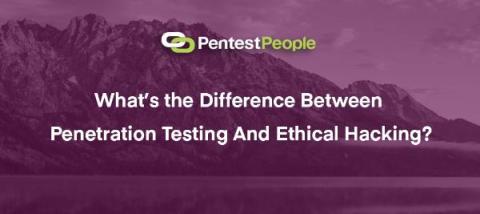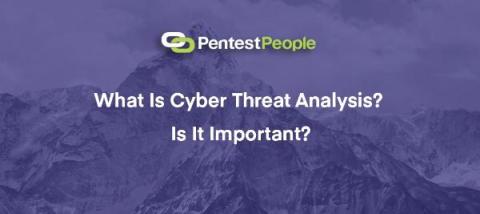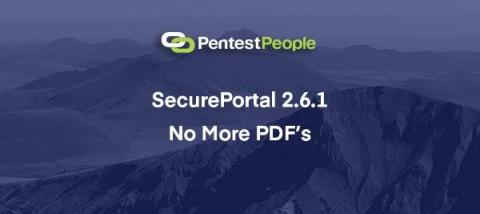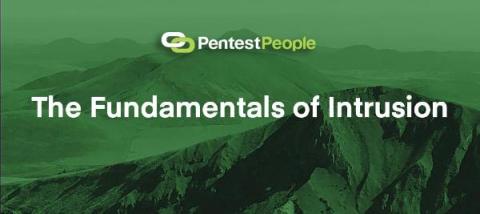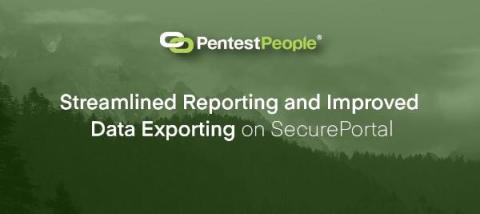Security | Threat Detection | Cyberattacks | DevSecOps | Compliance
Latest Posts
What Is Cyber Threat Analysis? Is It Important?
Benefits of Penetration Testing as a Service
What is Offensive Cyber Security?
2.7 SecurePortal Update: Did You Say Dashboard Widgets?
2.6.1 SecurePortal Update: No More PDFs
Cyber Security Advice For The Property Sector
Leveraging her extensive experience in the cyber industry and a talent for creative writing, our Marketing Assistant adeptly translates complex, technical cybersecurity concepts into compelling, informative content that not only engages you, the reader, but also underscores our authoritative position and expertise in the industry.
The Fundamentals of Intrusion
No matter the size of your business, there are assets and data you have on your premises that you need to keep secure from people outside of your organisation. Whether it’s hard copies of personnel data, server rooms, or safety-critical infrastructure, that information, or how to gain access to that information will likely have some value to bad actors willing to use or exploit it.
Streamlined Reporting and Improved Data Exporting on SecurePortal
At Pentest People, we're committed to providing a seamless, efficient, and effective platform for managing your penetration test results. We continually strive to improve upon our offerings, and in this vein, we're excited to announce some significant changes to how reports on SecurePortal are presented and how data can be exported.
A New Way to View Vulnerabilities: Improving Your Workflow
We are thrilled to announce the introduction of our new vulnerabilities page on assessments. This innovative update allows you to view the overall status and remediation progress of all your assets for a single assessment in one comprehensive view. We've listened to your feedback, and we believe these enhancements will bring a more streamlined and efficient approach to your vulnerability management.


